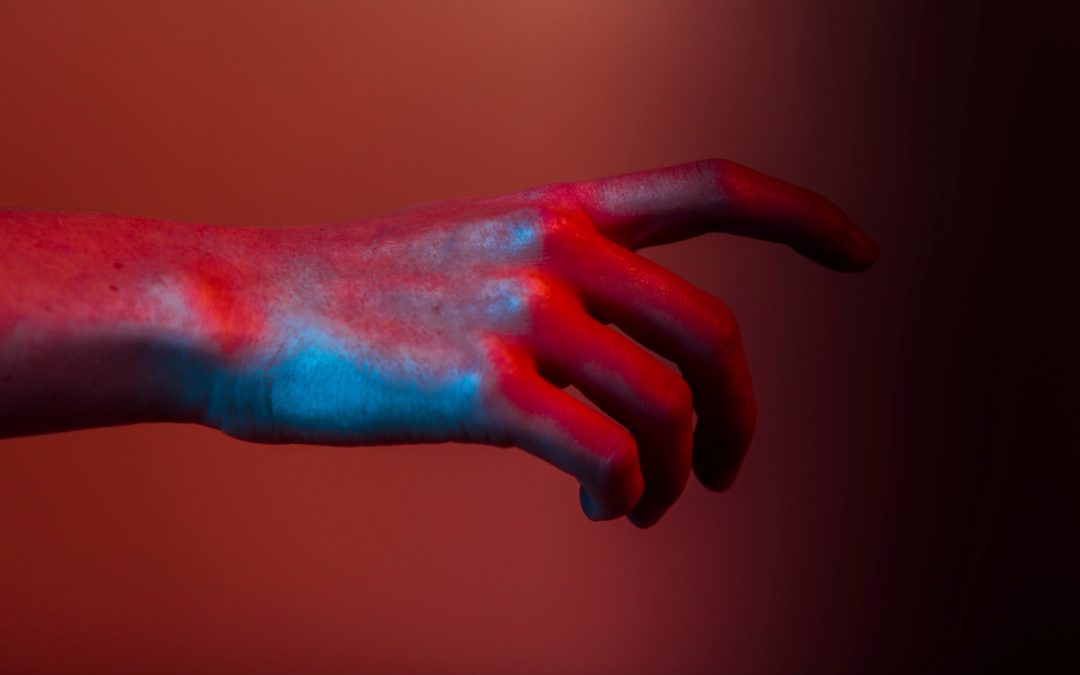Let’s make it clear: nowadays, traditional VR controllers are resembling rather past than the future of immersive technology. And that’s because of their construction-associated limitations. While most producers are already seriously interested in using haptic technology, hand tracking seems like a natural move towards future innovations.
It’s no surprise for American researchers from Cornell University’s SciFi group. They had recently put out a paper covering the latest results of FingerTrak system tests. Let’s find out more about this one.
The human hand contains 27 bones and 30 different muscles. Together, all these parts allow us to perform many advanced movements, keeping every one of them shockingly precise in translating neural impulses coming from our brains. By the way, the latest AR app made by Apptension studio can help you understand the complexity of this small bio-infrastructure.
But while there’s no doubt that human hand is a beautiful showcase of nature’s designing skills, it’s also a pretty tough nut to crack for scientists. Especially for those who are working on processing 3D hand movements in real-time.
uEspecially in the VR environment, where immersion is a key element of the whole experience, solutions like Leap Motion Controller or Oculus Quest make a huge difference. They offer broad capabilities of interacting with virtual surroundings, freeing user’s hands from pretty uncomfortable pilots. All thanks to small cameras often located in the headset, constantly anayzing hands’ surface and position by creating a simple web of connected 3D models.
Looking at the monstrous challenge, which is to develop better ways of hand tracking, the SciFi Lab team decided to use a total of four low-resolution (32×24) thermal cameras (9.30 mm), located on the simple wristband.
The cameras used in the presented prototype create different thermal images of the hand. Next, the system sends them to the raspberry-pi device connected with the computer. The images are then analyzed by deep learning software which creates one full thermal view of the hand that can be translated into one of the twenty programmed hand positions.
According to it’s creators, FingerTrak allows them to track hand movement more precisely, even without getting the full view of fingers position.
What’s more? Well, after looking at the SciFi Lab’s results, it seems pretty clear that FingerTrak is also useful as a robotic hand controller, mirroring the specific finger and wrist movements.
In the future, that kind of technology can be easily applied in multiple different industries, allowing engineers to fulfill various technical tasks in a more accessible and effective way. Imagine a hardware repair from home, easier organized practical training sessions or working in a dangerous environment without any health-threatening risk.
What kind of groundbreaking solutions will the American team deliver in the future? One’s for certain – Cornell University researchers will definitely go against all the limitations of modern optical systems.
Advanced hand tracking, shorter reaction time, and an additional boost for deep learning research. All that to come.
Want to know more? Find the original whitepaper release at ACM Digital Library.

